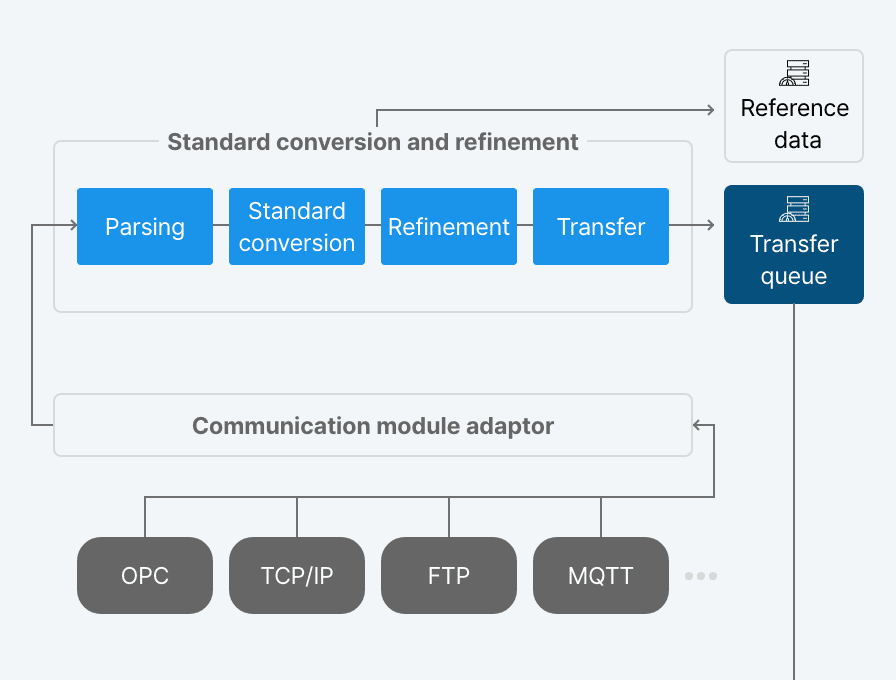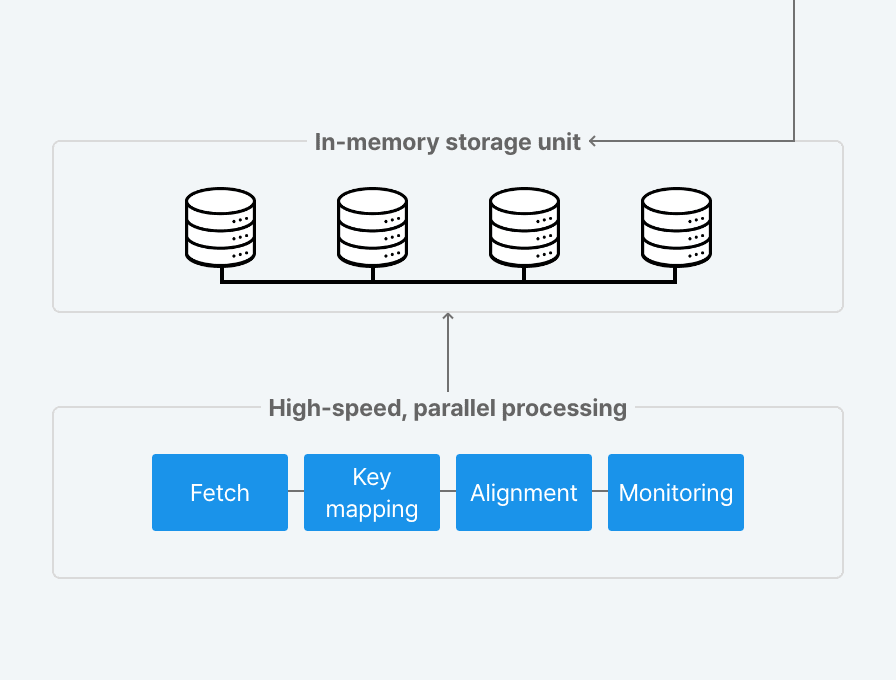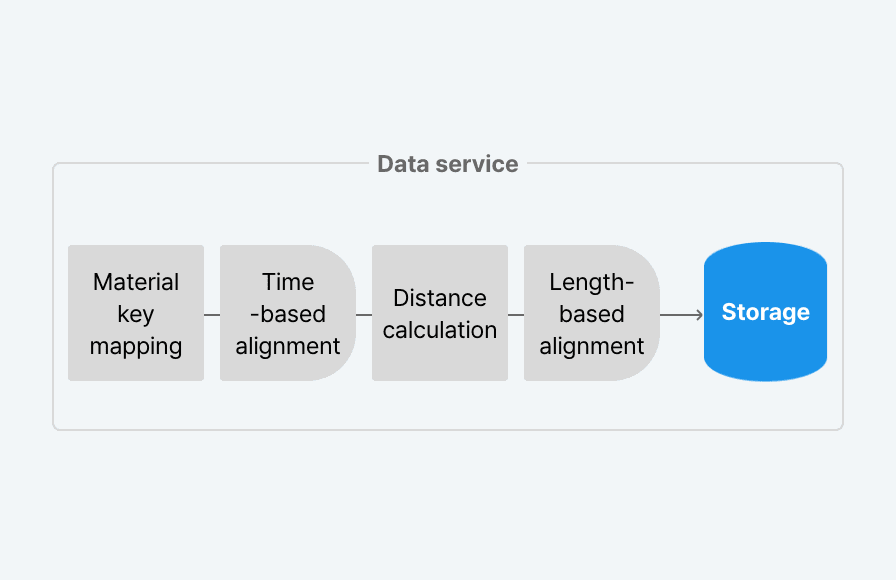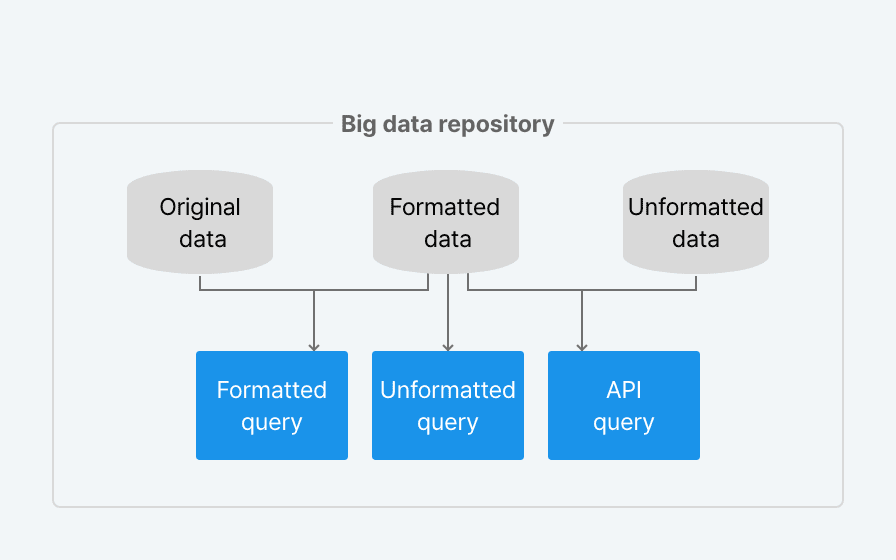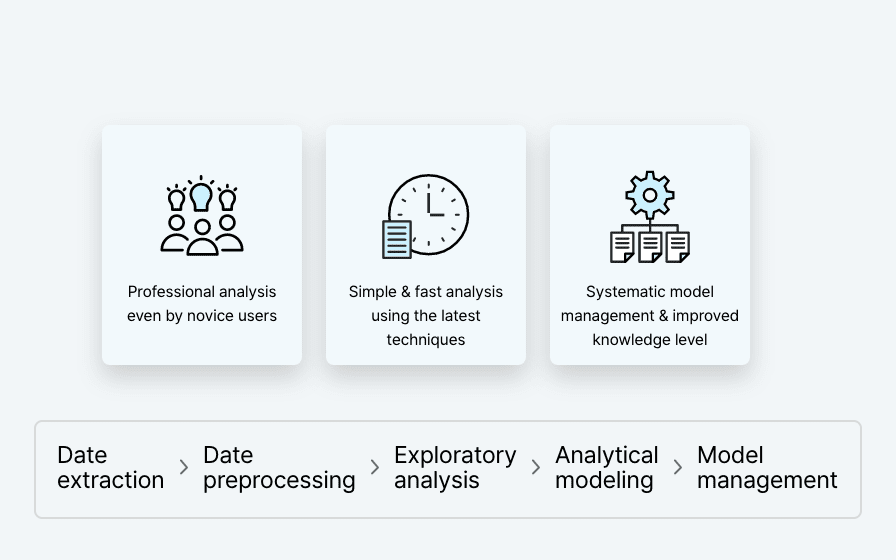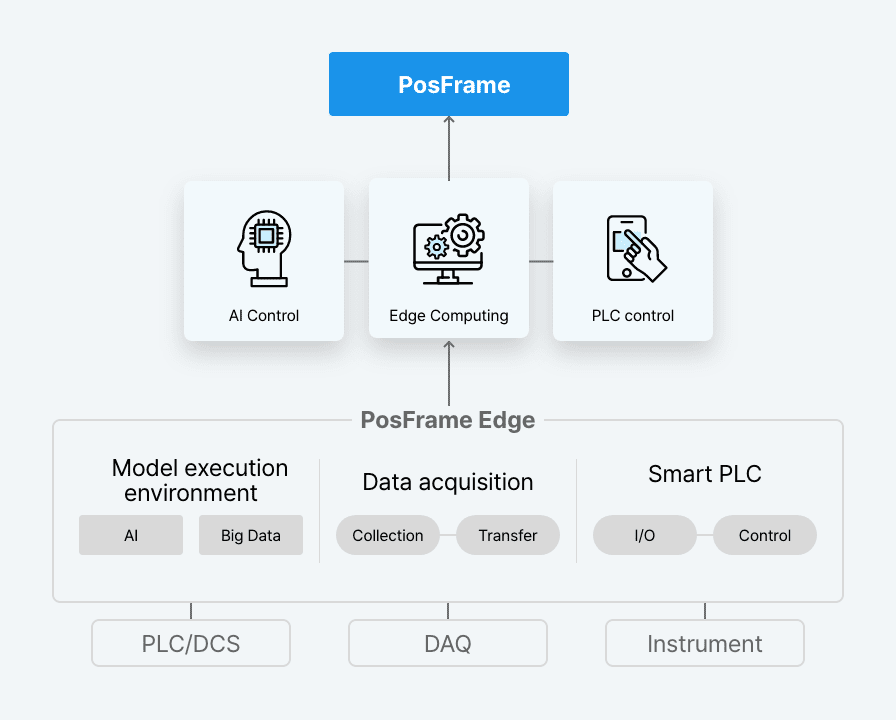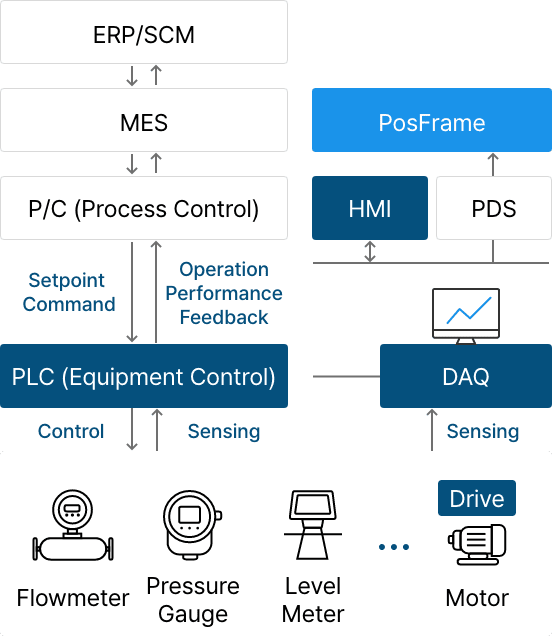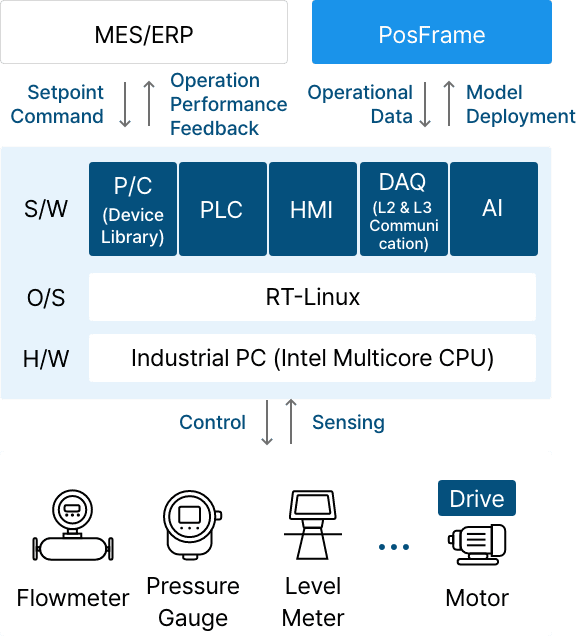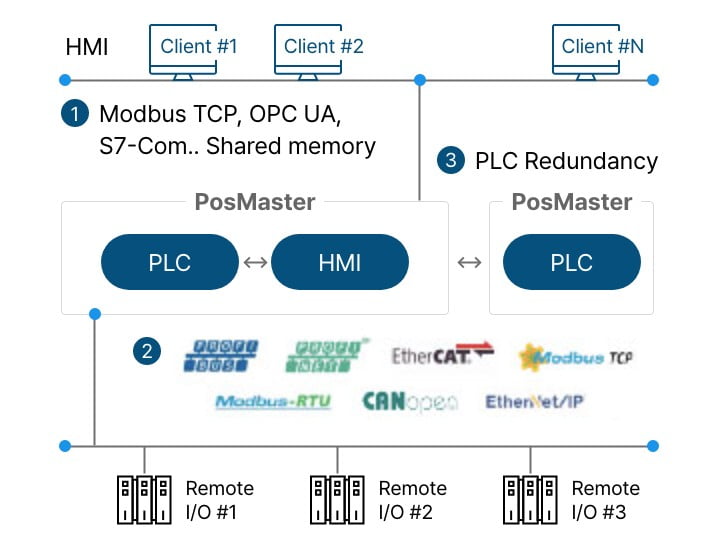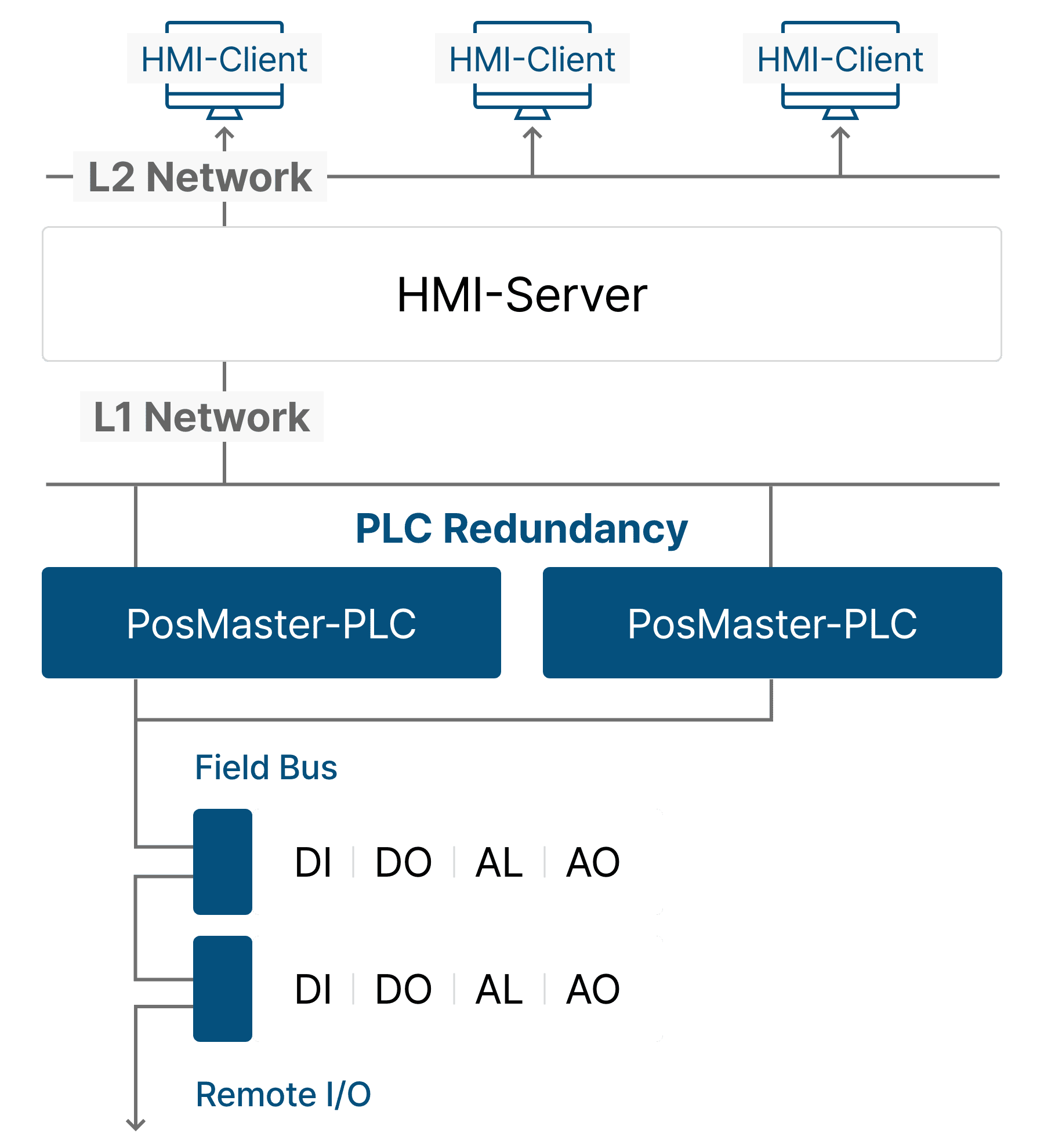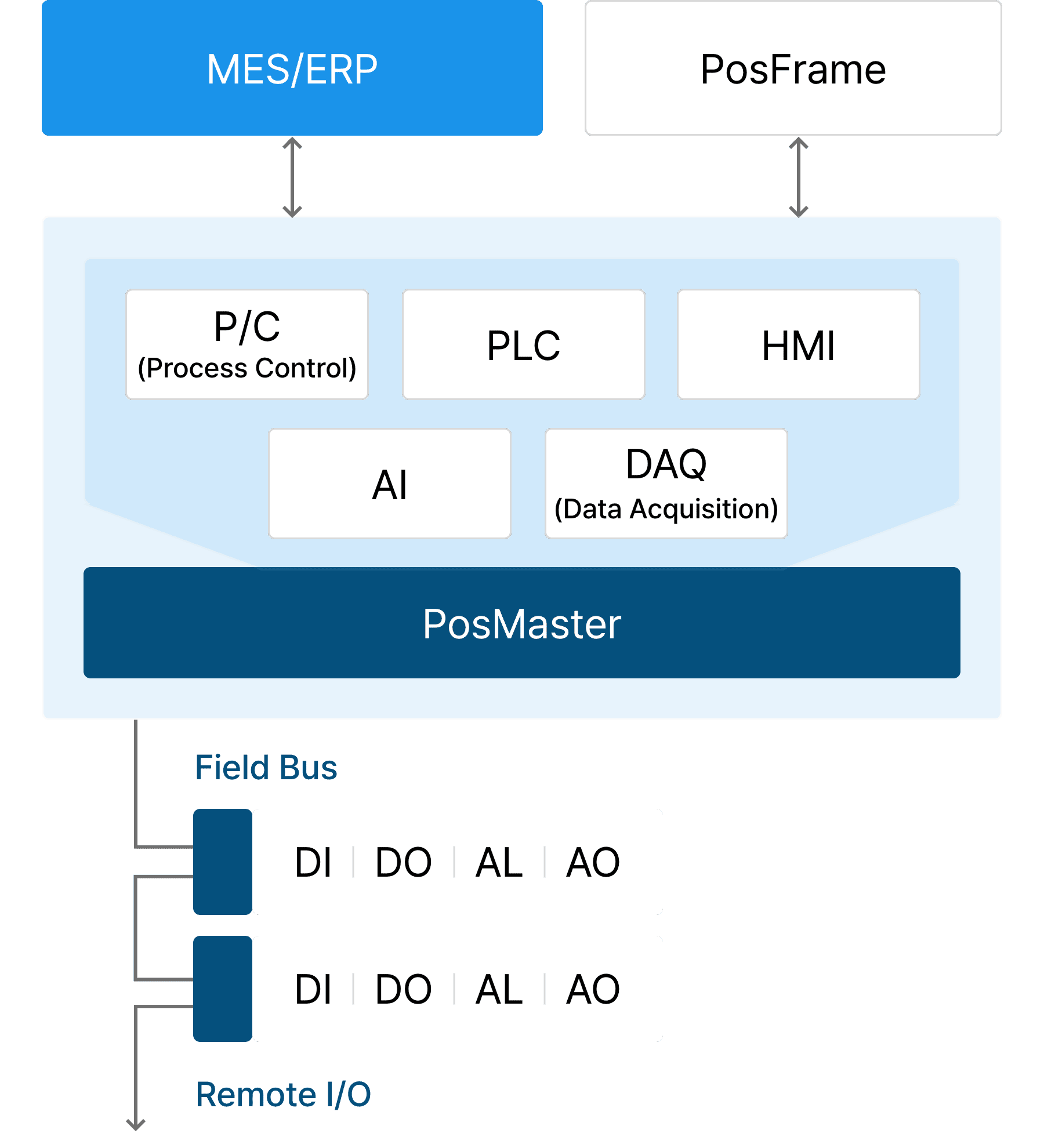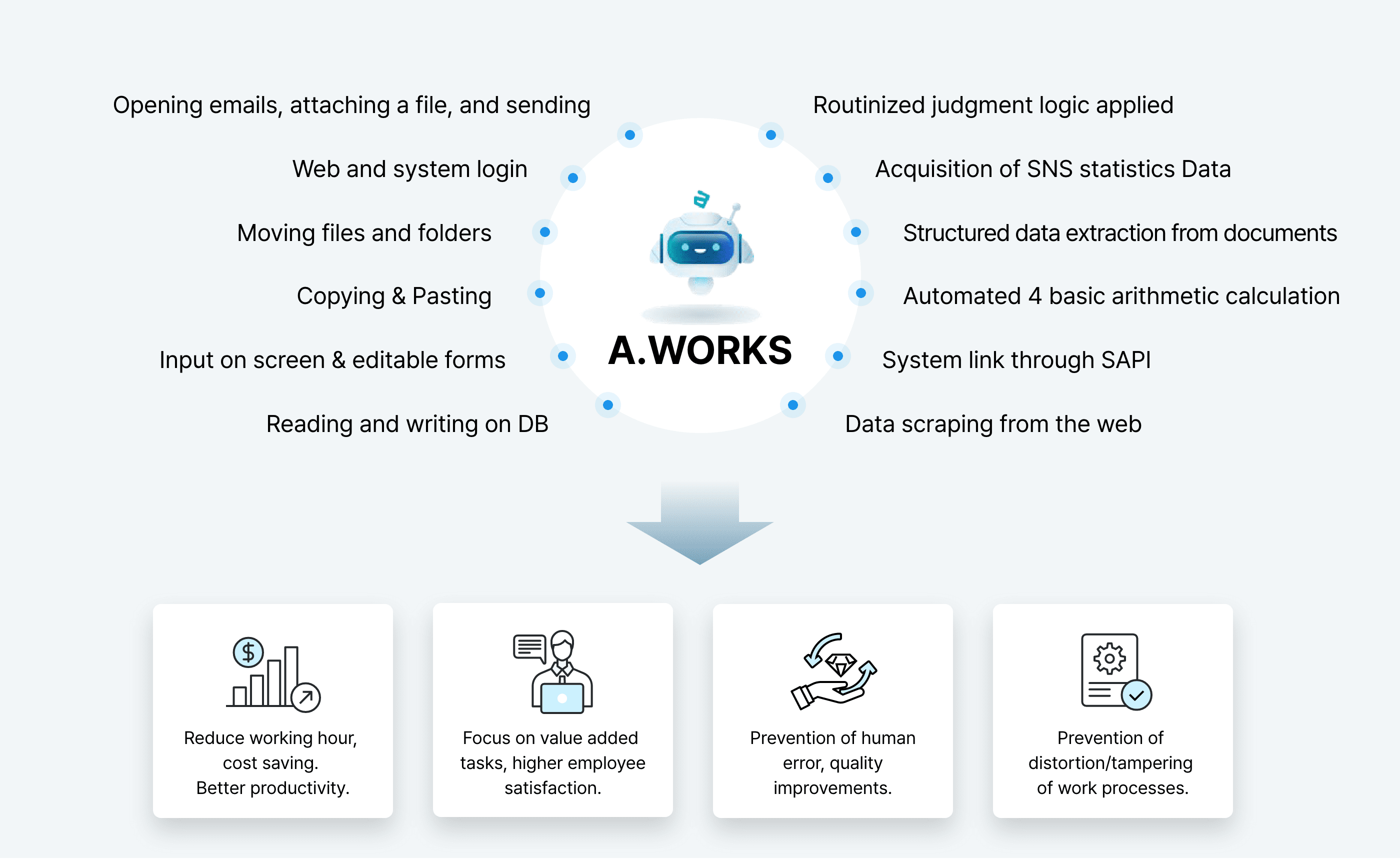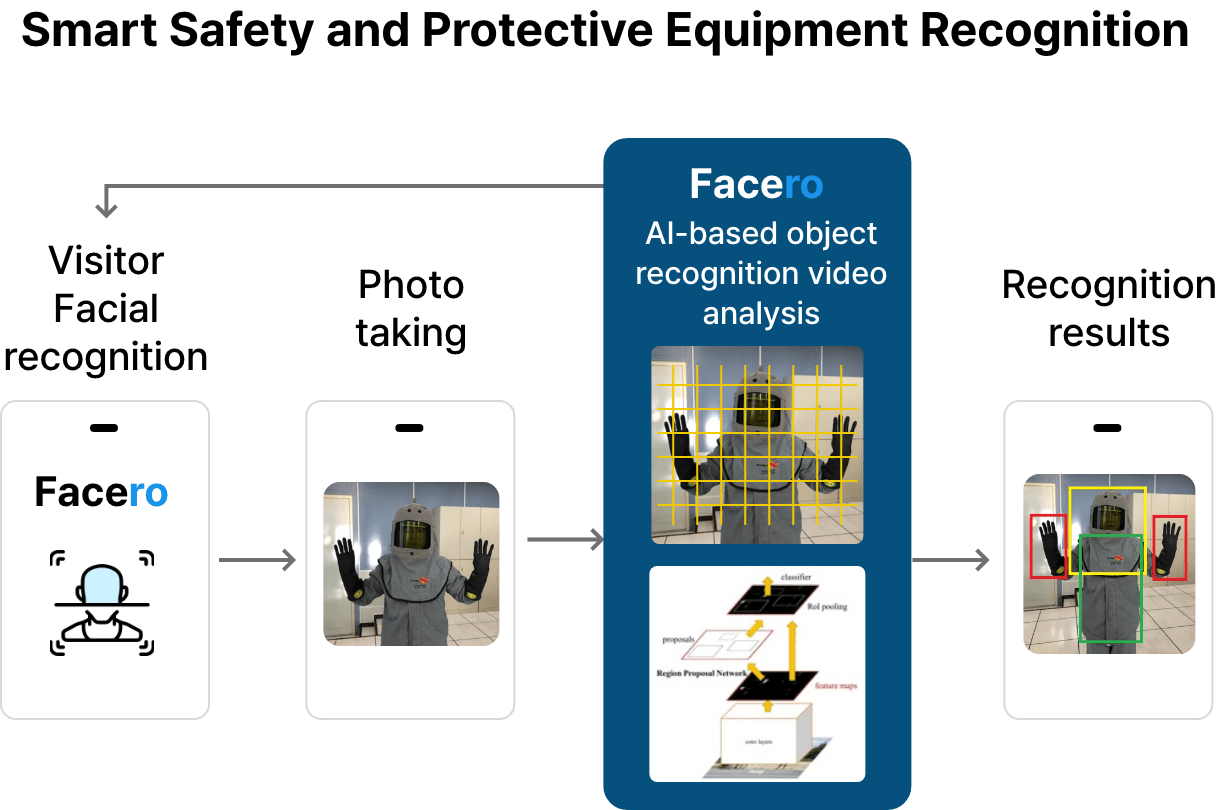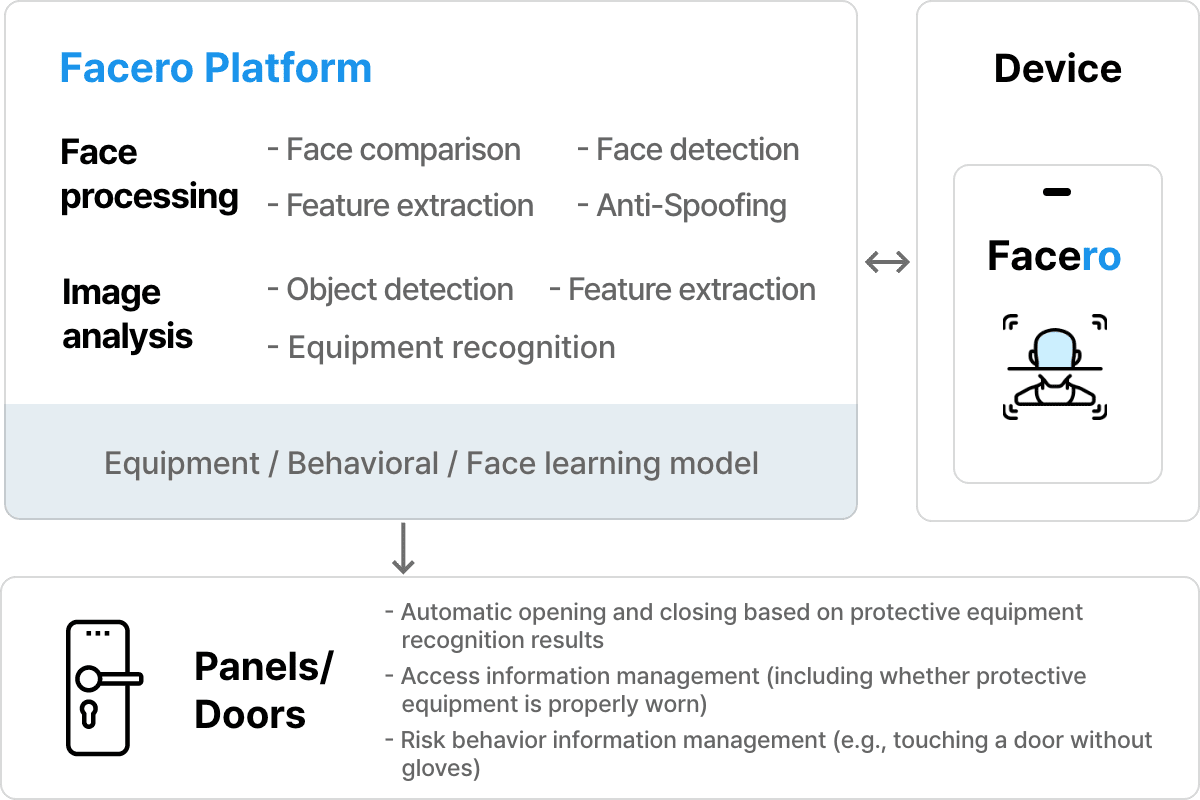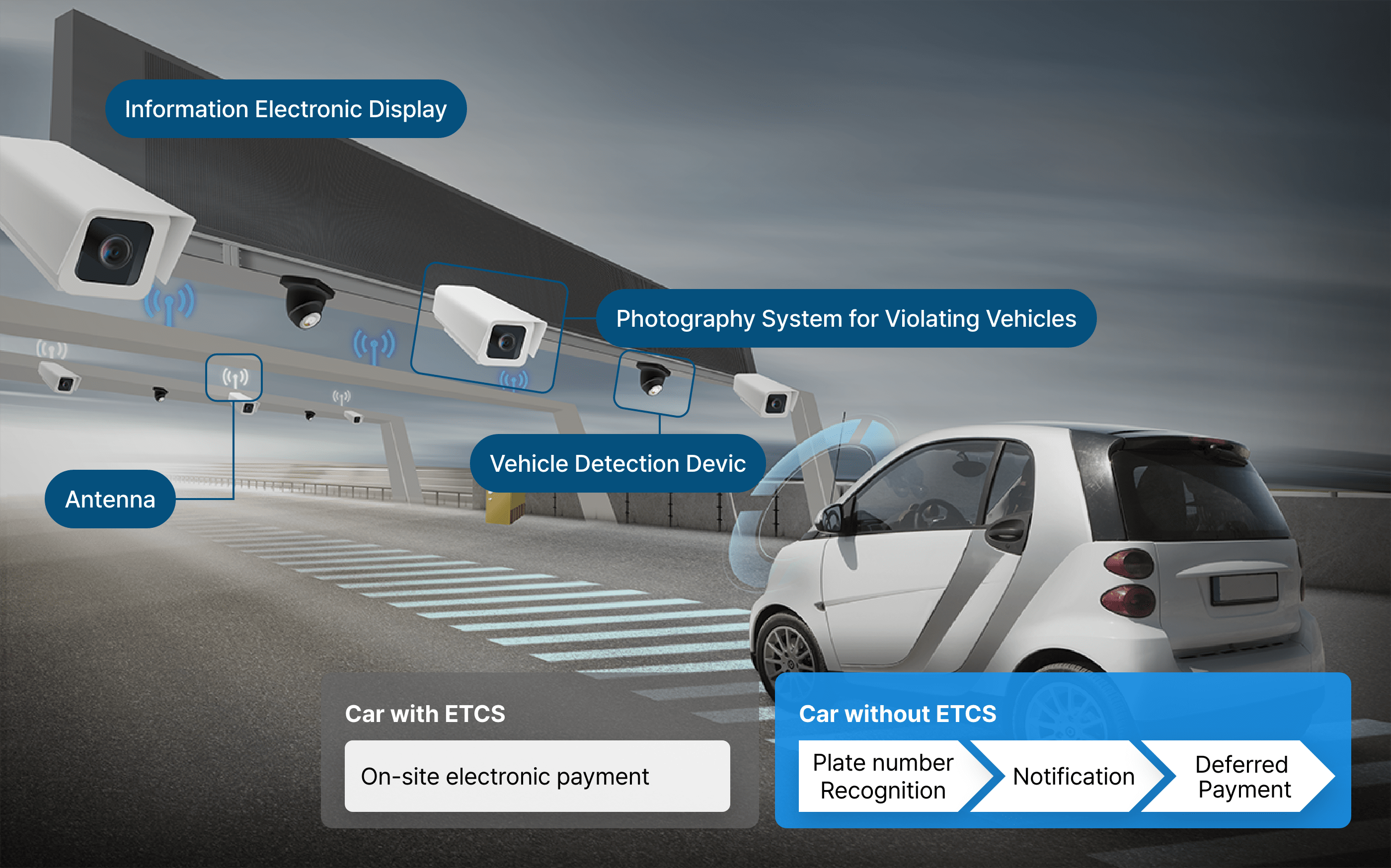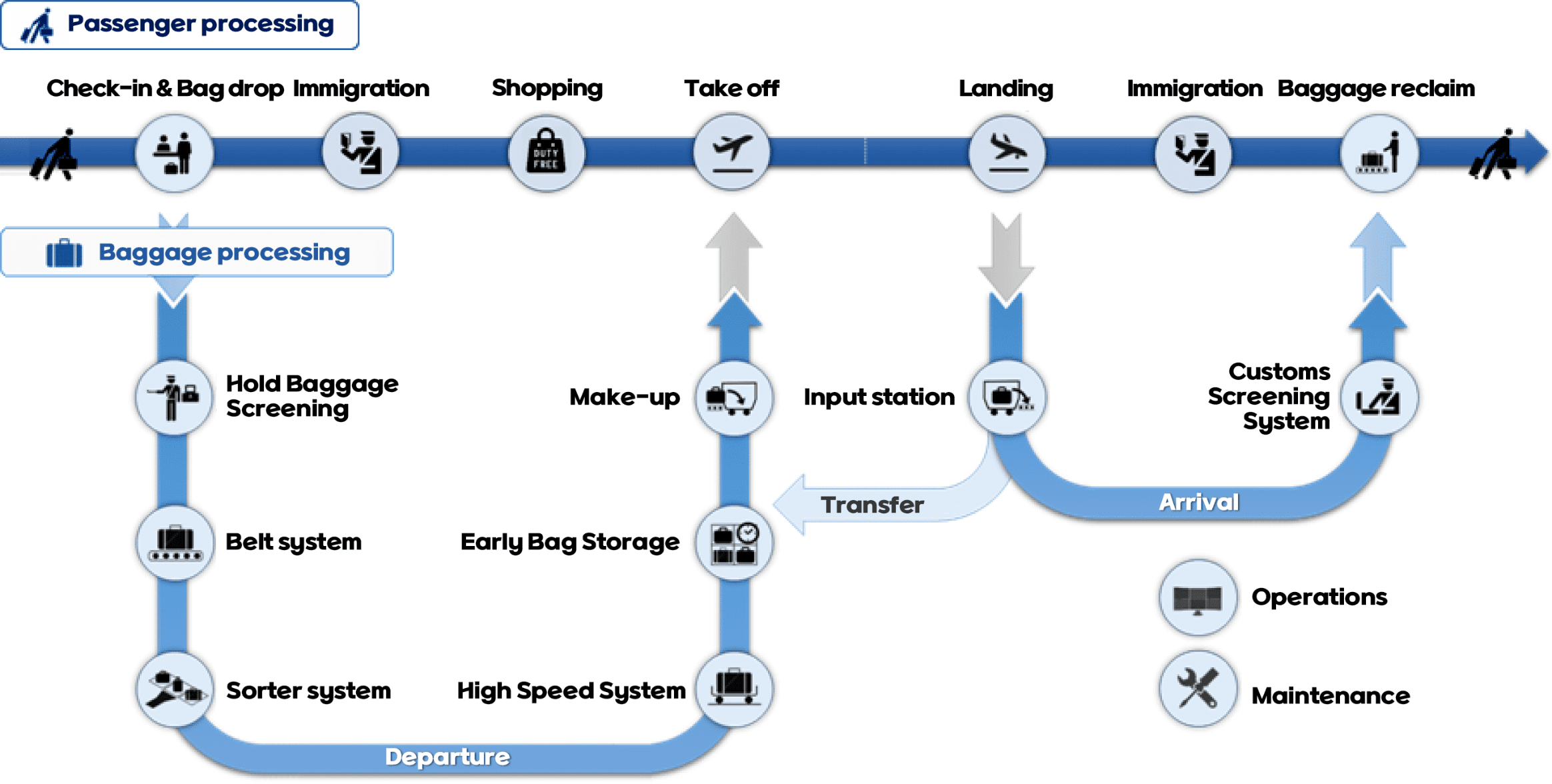- HOME
- PR
- NEWS
Prev
PONUTech, a nuclear power plant maintenance company, officially foundedNext
POSCO ICT and Renault Samsung Motors join hands in electric vehicle (EV) businessPOSCO ICT released an industrial energy management system
2012.04.05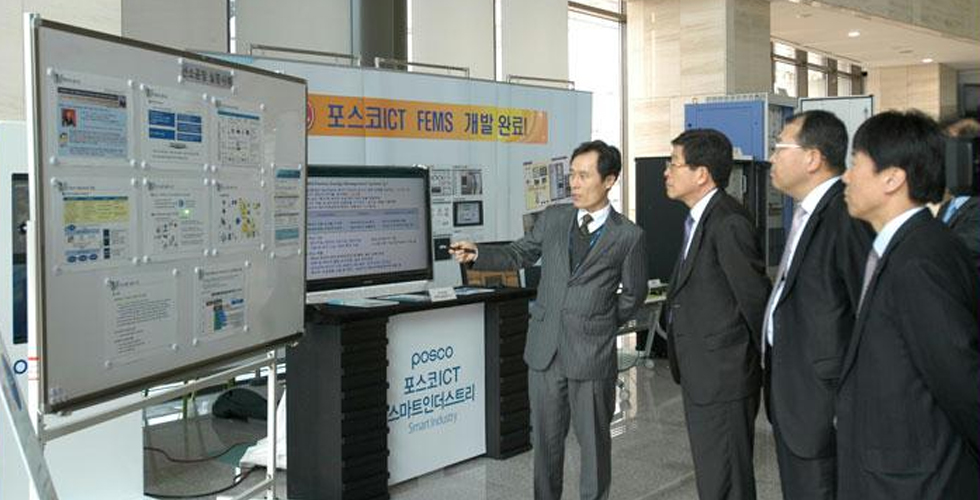
- Completed internal solution development, and attempts to apply to the industrial field.
- Apply to POSCO Gwangyang Steel Mill, and export to the domestic and overseas market.
POSCO ICT (CEO Hur Nam-Suk) has developed a solution that removes energy waste factors by analyzing all energy flows in the industrial field in real time, and tries to commercialize this solution in full scale.
The FEMS (Factory Energy Management System), developed by POSCO ICT to manage industrial energy, monitors the energy use status of major plants and facilities in the industrial field in real time, and provides the optimal operation environment from the viewpoint of energy efficiency.
Until now, the energy management system targeting large-size buildings and residential houses was the mainstream. According to POSCO ICT, this solution proposes an efficient way of energy management, as well as analyzing waste factors by monitoring the energy use amount in the manufacturing site, and by comparing the energy use amount between individual plants and facilities.
The FEMS, not only presents the facility operation status and energy use flow to the operator at a glance and in real time, but also enables the operator to determine the maintenance time point by performing degradation and identifying problems of the facility in question based on energy efficiency. In addition, the system includes the feature that activates the facility preferably at night when the electric rate is low, considering different electric rate schedule applied to the industry in the daytime and at night.
The FEMS is composed of the EOS (Energy Operating System) in charge of operation and management, and the FCS (Field Control System) that collects the facility operation state and energy use state information. First, the FCS collects data pertaining to major energy and facility status in order to measure the energy use amount of the facility. Then, the EOS distributes the energy to the highly energy-efficient facility primarily, so that the energy use amount can be reduced.

